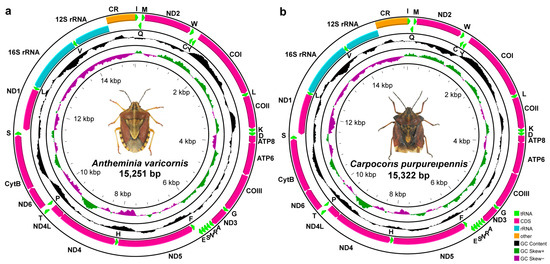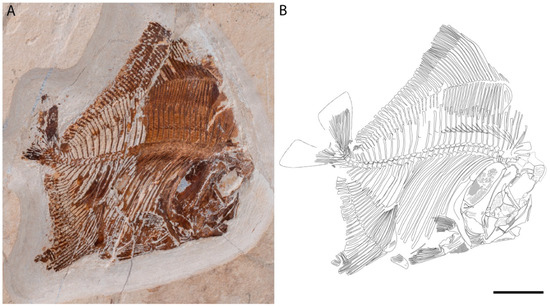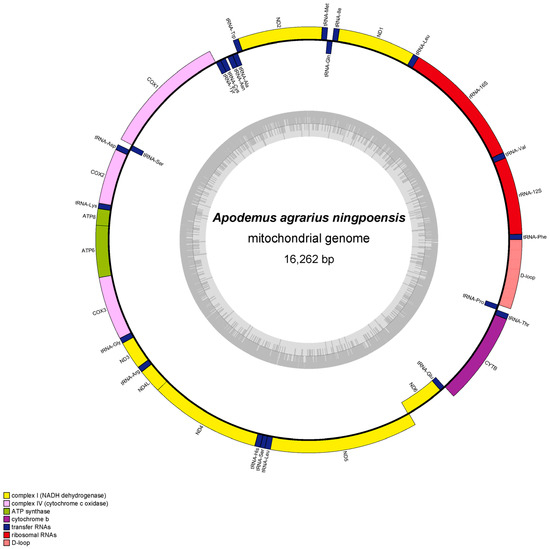Feature Papers in Phylogeny and Evolution
A topical collection in Diversity (ISSN 1424-2818). This collection belongs to the section "Phylogeny and Evolution".
Viewed by 31863Editor
Interests: vertebrate palaeontology
Special Issues, Collections and Topics in MDPI journals
Topical Collection Information
Dear Colleagues,
As Diversity is a generalist journal, we hereby invite authors to submit articles outlining the state of the art of some special features concerning phylogeny and evolution, dealing with all aspects of the evolution and phylogeny of organisms, both living and extinct.
Specialized or local studies will be evaluated only if discussion leads to/illustrates general questions/conclusions relevant to evolution and phylogeny. Both descriptive studies and more theoretical papers are acceptable.
The following list includes some of the topics covered:
- Evolutionary biology;
- Phylogenetic reconstruction;
- Evolution of ecosystems;
- Palaeontology;
- Palaeobotany;
- Micropalaeontology;
- Invertebrate palaeontology;
- Vertebrate palaeontology;
- Palaeobiology;
- Fossil record;
- Macroevolution;
- Molecular phylogeny;
- Ancient DNA;
- Evolutionary biogeography;
- Palaeobiogeography;
- Island biogeography;
- Extinctions;
- Evolution of behavior;
- Evolutionary patterns;
- Mechanisms of evolution;
- Factors of evolutionary change;
- Climate change and evolution.
Submissions must represent a starting point for further research and be equally accessible to non-biologists and to specialists in the field.
Dr. Eric Buffetaut
Collection Editor
Manuscript Submission Information
Manuscripts should be submitted online at www.mdpi.com by registering and logging in to this website. Once you are registered, click here to go to the submission form. Manuscripts can be submitted until the deadline. All submissions that pass pre-check are peer-reviewed. Accepted papers will be published continuously in the journal (as soon as accepted) and will be listed together on the collection website. Research articles, review articles as well as short communications are invited. For planned papers, a title and short abstract (about 100 words) can be sent to the Editorial Office for announcement on this website.
Submitted manuscripts should not have been published previously, nor be under consideration for publication elsewhere (except conference proceedings papers). All manuscripts are thoroughly refereed through a single-blind peer-review process. A guide for authors and other relevant information for submission of manuscripts is available on the Instructions for Authors page. Diversity is an international peer-reviewed open access monthly journal published by MDPI.
Please visit the Instructions for Authors page before submitting a manuscript. The Article Processing Charge (APC) for publication in this open access journal is 2100 CHF (Swiss Francs). Submitted papers should be well formatted and use good English. Authors may use MDPI's English editing service prior to publication or during author revisions.
Keywords
- phylogeny
- evolution
- palaeontology
- DNA
- molecular phylogeny














